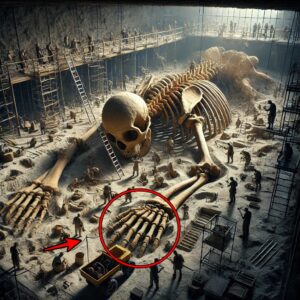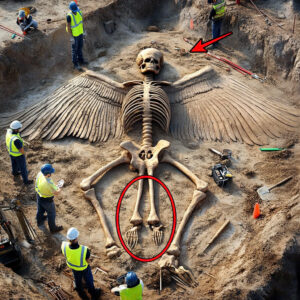For decades, the mystery surrounding alien autopsies has captured the imagination of the public, sparking debates about extraterrestrial life, secret government cover-ups, and the fine line between reality and fiction. One of the most famous cases that fueled these debates is the alleged 1947 Roswell UFO incident. In the years since, countless reports, photographs, and even videos have emerged, claiming to document the examination of alien beings. But what is the truth behind these stories, and where does the boundary between fact and fabrication lie?
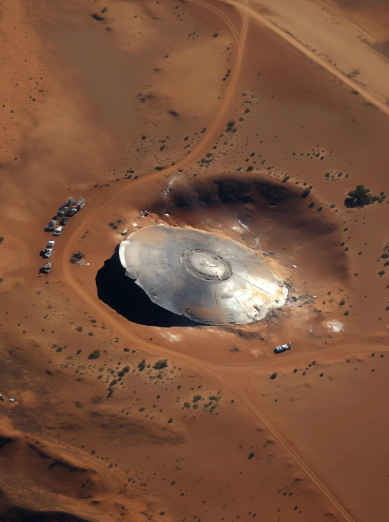
The legend of alien autopsies can be traced back to the infamous Roswell incident in New Mexico. In July 1947, reports of a crashed unidentified flying object (UFO) flooded the media. According to initial accounts, strange debris was found by ranchers, and some believed they had encountered the remains of a spacecraft. However, the U.S. military quickly labeled it as a weather balloon, a narrative that many skeptics and conspiracy theorists have challenged over the years.
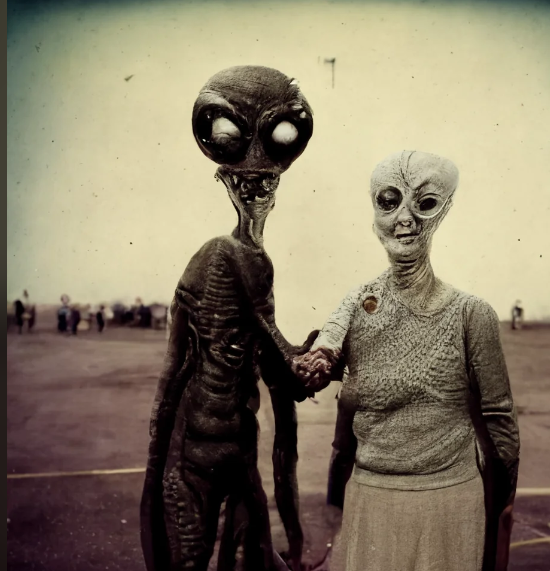
Skeptics, however, argue that the evidence is flimsy at best. The Roswell debris, for example, was confirmed to be part of Project Mogul, a top-secret balloon operation aimed at detecting Soviet nuclear tests. Furthermore, the medical examination footage from alleged alien autopsies often lacks credible sources and verifiable information, leading experts to conclude that they are likely fabrications.
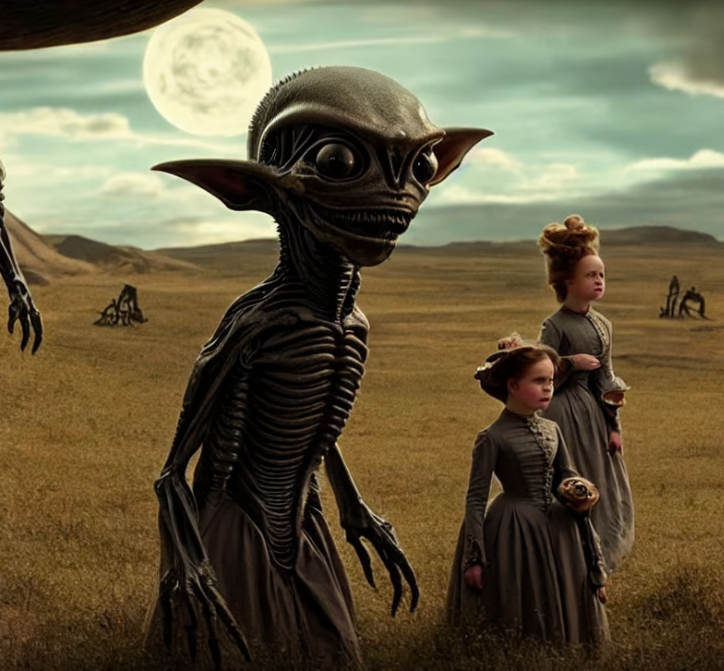
While the truth behind alien autopsies remains elusive, it’s essential to approach these stories with a healthy dose of skepticism. Critical thinking and scientific investigation are crucial in distinguishing fact from fiction. At the same time, it’s important to acknowledge that the universe is vast, and our knowledge of it is still evolving. The possibility of life beyond Earth, while unproven, remains one of the most compelling mysteries of our time.
As we continue to decode these enigmatic tales, perhaps the greatest mystery is not whether alien autopsies are real, but why they continue to captivate us generation after generation. The search for truth in the unknown pushes us forward, keeping our imaginations alive as we explore the cosmos.



